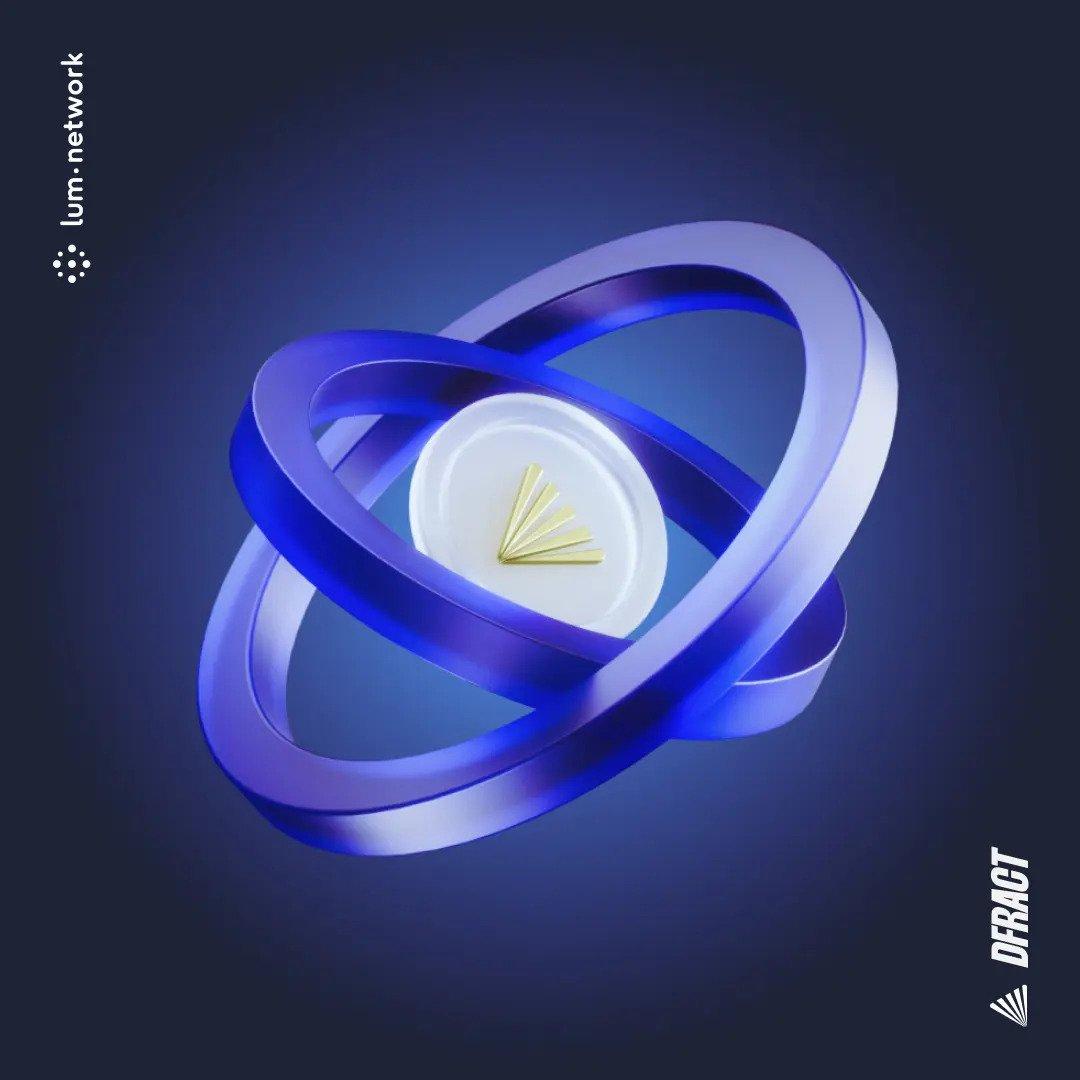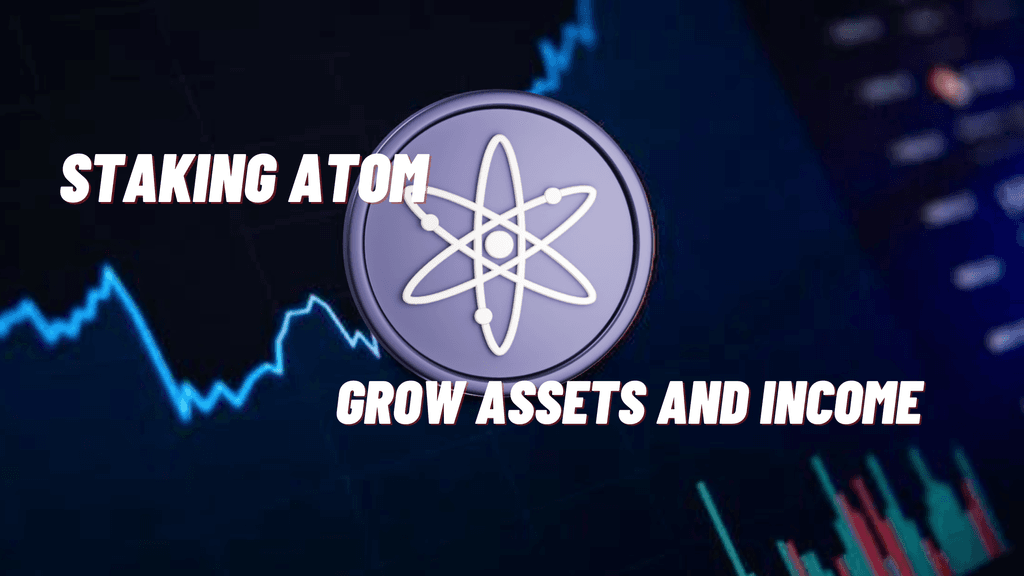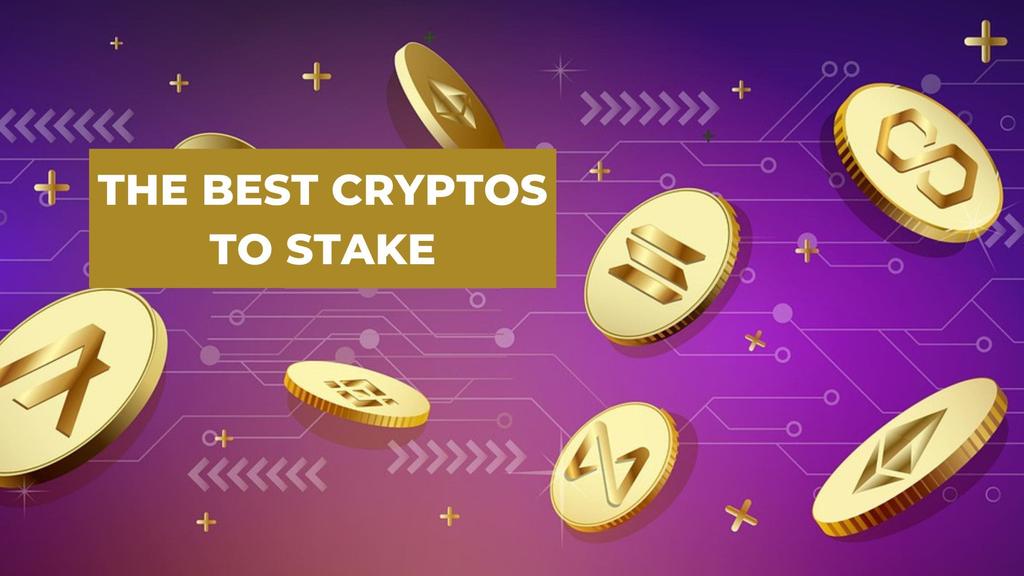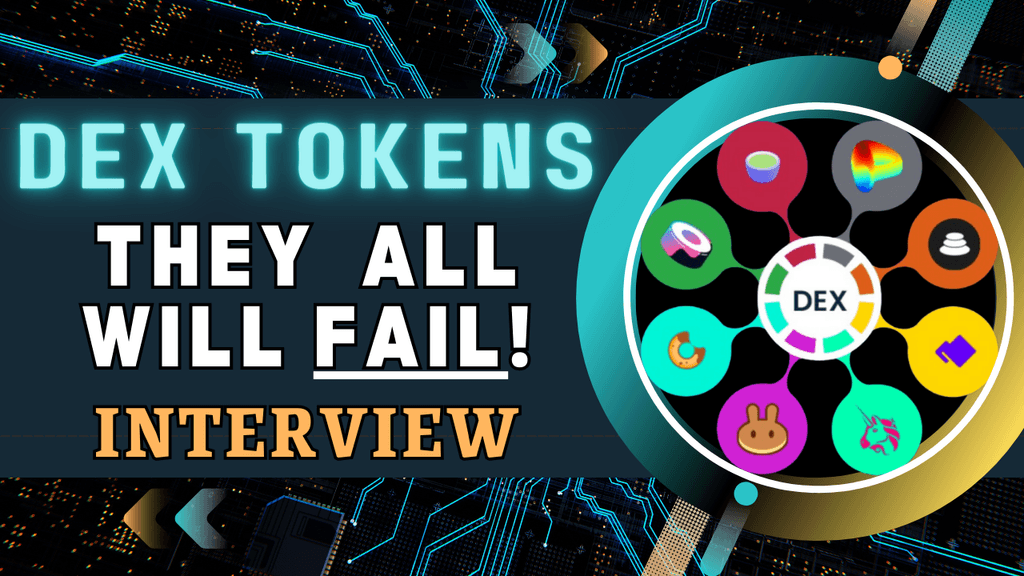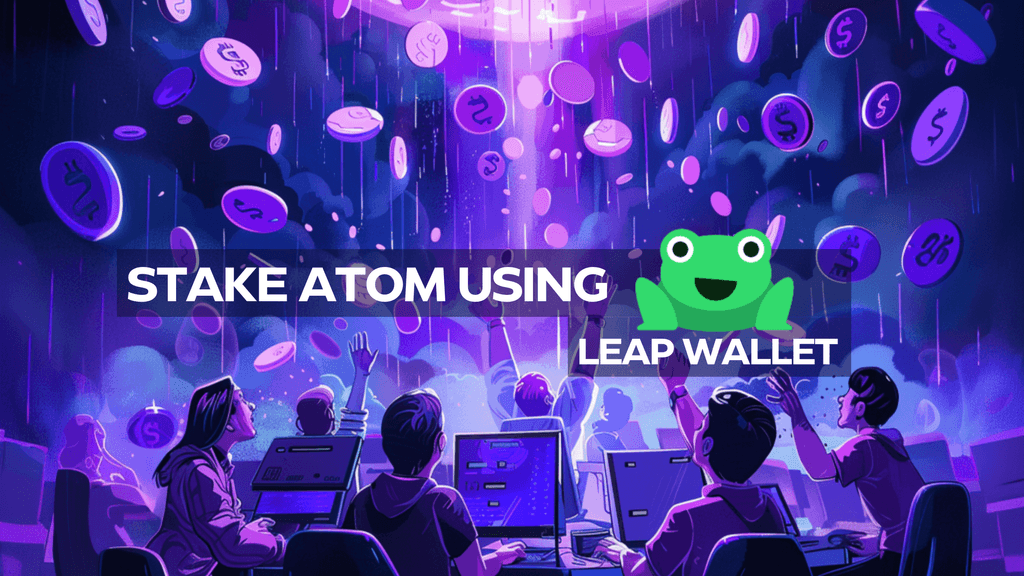Stock picking and index investing can be seen as two opposite strategies. Stock picking is choosing some stocks that are more promising (based on research) and can beat the market. Index investing focuses on diversifying the investment into a group of different assets. Academic studies and empirical evidence suggest that it is difficult to successfully pick stocks to outperform the markets over time. There is also evidence to suggest that passive investing in index funds can beat the majority of active managers. If you had invested $10,000 in the S&P 500 index in 1992 and held on with dividends reinvested, you would have today more than $170,000. Back in 2009 when it all started, it was harder to know about $BTC and to get into it. You only had to believe. As of November 2022 there are more than 13 000 cryptocurrencies and 600 exchanges listed on @coingecko for investors to consider.
That leads to the question everybody ask for the first time in crypto:
Where should I start?
This question intensifies when it comes to the Internet of Blockchains aka the Interchain. The #Interchain is the set of all the IBC-connected blockchains.
But, let’s rewind a little bit ⏮
On March 13th, 2019 at 23:00 UTC the @cosmos Hub $ATOM, also known as Gaia, mainnet launch was complete.
The blockchain to connect all blockchains was born ⚛️
And at that time, not everybody could imagine what would happen next. Two years later, in April 2021, the Inter-Blockchain Communication (IBC) protocol succeeded its launch. IBC is a universal interoperability protocol that allows two different blockchains to communicate with one another. Today there are 50 blockchains connected according to @CosmostationVD
The #IBCGang is real and is expanding fast.
The Interchain growth have also logically introduces new layers of complexity. As a matter of fact, you just can’t get exposed to the whole value of the Interchain projects by only getting $ATOM. This is where indexes are created to fill that gap. They offer a simple way to gain exposure to the entire ecosystem. With Lum Network, we have built and successfully launched DFract, the first yield earning index for the Interchain
Its underlying token $DFR encompasses the value of multiple assets. It also generates staking rewards that are automatically compounded
DFract, the first Interchain yield earning indexA new DeFi protocol built on top of Lum Network with the mission to bring more users to the Internet of Blockchains. The DFract Protocol aims to turn the $DFR token into a unit of value for the Interchain projects. The mission of DFract is to be the DeFi index to make the Interchain more accessible to new users. $DFR is a convenient way, with a low entry barrier, for its users to gain broader exposure to the Interchain. The first allocation of $DFR is composed of $ATOM $OSMO $JUNO $EVMOS $CMDX $STARS $AKT $DVPN $XKI $LUM To bootstrap DFract, only the projects of the Interchain on which our partner @imperator_co operates its own validation node will be selected. The index allocation will be then decided by governance. $DFR holders are encouraged to discuss as of now for their optimal index.
With $DFR there is no need for a collateral. The only way to get $DFR is by swapping another token. With no presale, no airdrop, no discount and no team allocation, the DFract protocol is debtless.
If you want to more about DFract you can read the Whitepaper: https://whitepaper.dfract.lum.network/
Follow us @lum_network to stay informed ⚛️
Read the original Twitter thread for this post, here – https://twitter.com/lum_network/status/1590418971781570560
